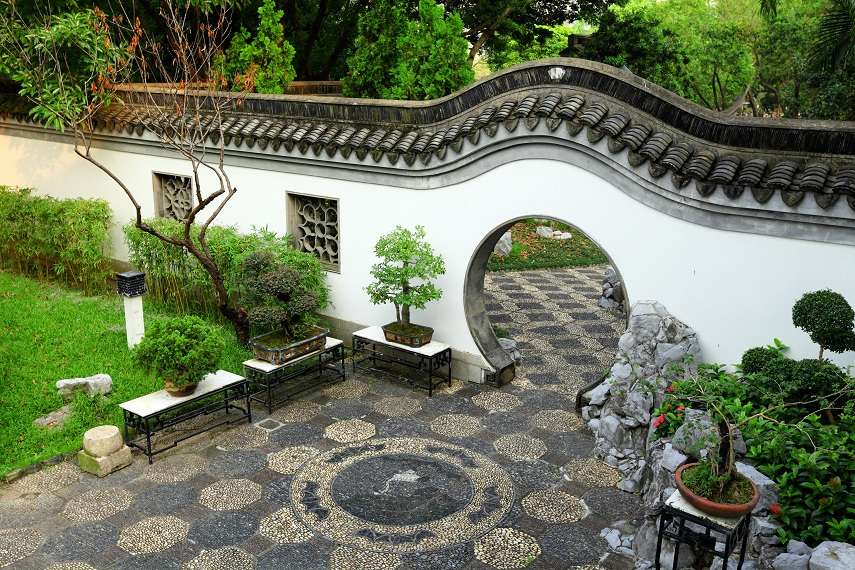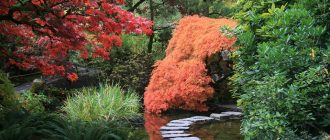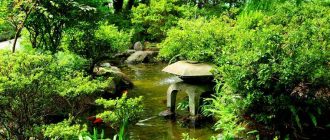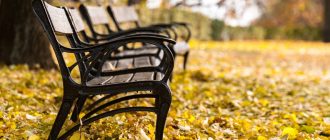You want to have a Japanese garden, but should you do it yourself or hire a professional? What are the benefits of using Japanese garden designers? Read our facts and information…
Japanese gardens are among some of the most beautiful gardens in the world. They pull their beauty from the balance of the different elements it takes to design them. They can be designed by either the owner of the garden or a professional Japanese garden designer. Either way, they can be the most beautiful things in the world.
Japanese garden designers work around the three basic principles that Japanese gardens are built on: reduced scale, symbolization and borrowed view. Reduced scale usually is representative of somewhere that is famous or ancient. For example, mountains and rivers are reduced in size and represented by stones, sand, and gravel. Borrowed view takes the view of the existing scenery to incorporate into the garden, making it look like it was part of the design in the first place. Elements that are used in a Japanese garden design by a designer, and what they represent or are used for are listed below.
• Sand – usually represents rivers , creeks and water
• Rocks – usually represent mountains or islands
• Water – can be a natural creek, river, or pond or set in as a water basin or waterfall
• Ornaments – lanterns, water basins, bamboo fences, natural plants and surroundings
So what do Japanese garden designers do to design a garden? They will work closely with their clients to design and build the perfect garden to represent who the garden owner is. Each part of the design process is crucial to making the garden everything that their client wants or dreams it to be.
• First, they will go over what the owner’s vision may be for the garden and if the owner doesn’t have one, they will help them with some ideas.
• Second, they will help them with plant, décor and furniture selections for the garden.
• Lastly, they will put it all together to the customer’s specifications and make it something the customer will be happy with for days to come.
During the design phase, the designer will go over with their client what type of garden they will want.
• Tea garden – this garden was a passage to the tea house and has the elements of Japanese lanterns, crouching water basins, stepping stones and a waiting place incorporated into the setting.
• Courtyard gardens – are similar to tea gardens except there were more shading plants.
• Strolling gardens Tsukiyama – large landscape gardens which were used as gardens to walk and reflect in.
• Strolling gardens Kaiyu-Shikien – these are pleasure gardens.
Some Japanese garden designers go the extra mile with their clients by installing sprinkler systems, designing koi ponds, rock gardens, waterfalls, adding new sod, performing full landscape and construction services, Bonsai tree pruning, trimming shrubs and landscaping and garden maintenance after the job is complete. The end result with all designers is the same – a work of art and beauty in your home or business when they leave.





